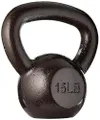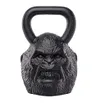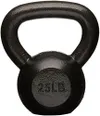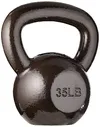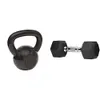
Are you struggling to build muscle in the gym? Here are four reasons why your muscle growth efforts might not be working, according to a strength and conditioning coach.
Hypertrophy — the technical name for the process of building muscle — is one of the most sought-after outcomes of exercise, alongside building strength and improving conditioning. Whether you enjoy working out with free weights like the best adjustable dumbbells, barbells, kettlebells, or hitting gym machines, these tips are well worth knowing if you want to see results.
Luiz Silva, personal trainer, spin instructor and certified strength and conditioning coach, reveals the common barriers exercisers come up against when trying to build muscle, and how to avoid them.

Luiz Silva is a certified personal trainer, strength and conditioning coach and spin instructor. He is currently head of fitness at Castle Royle.
4 reasons you’re not building muscle in the gym, and how to fix it
Silva reveals some of the most common setbacks you might face, and we cover how to fix them. This will help you know what to look out for when you hit the gym, and also the areas you might need to focus on to get the most from your workouts.
1. Poor programming
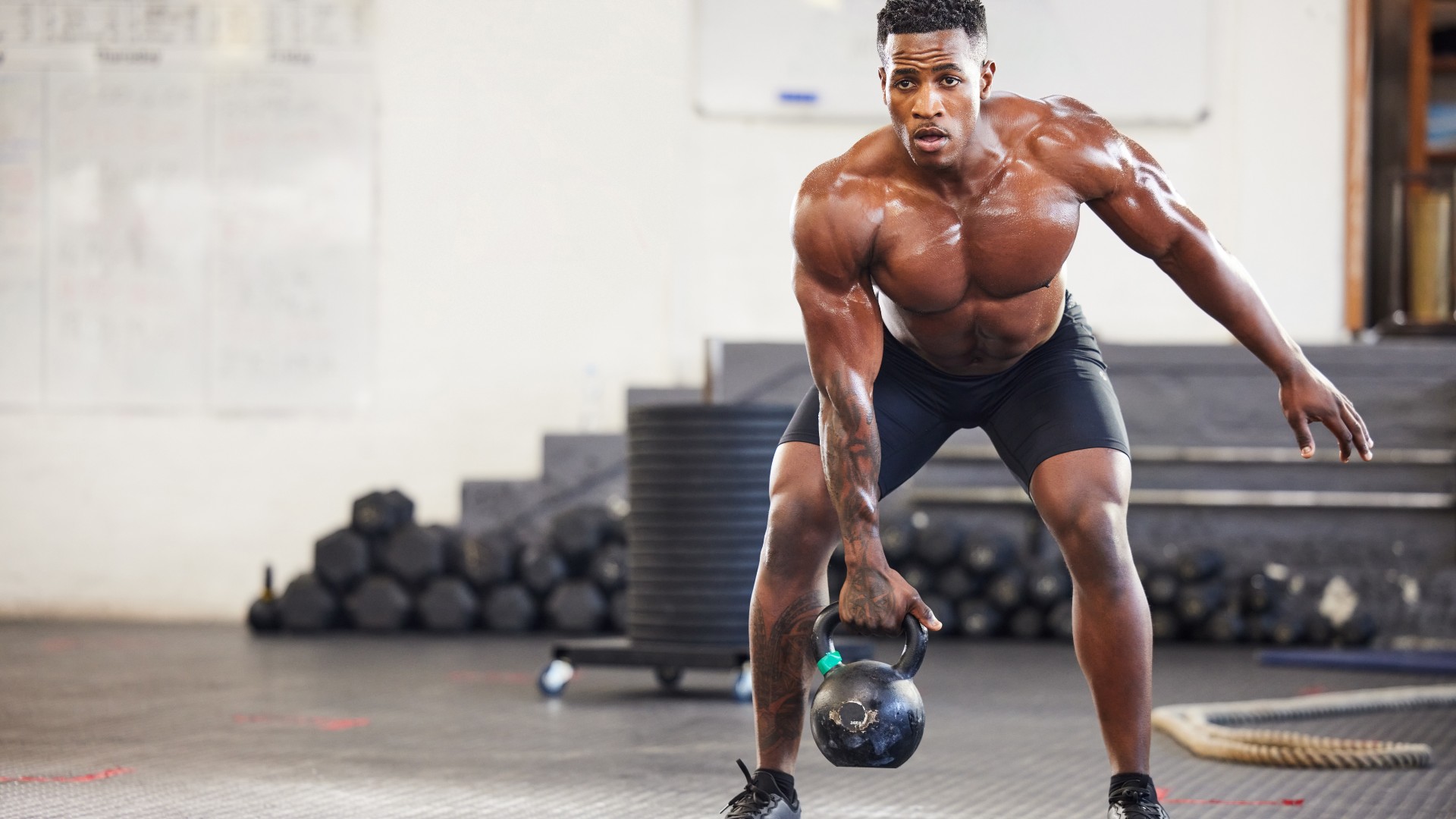
Sadly, it may not be enough to simply show up and pick up some weights.
Programming is specific to the person's training and their goals. It needs to be specific because your body will respond differently to stimuli from the next person, and factors like lifestyle, sleep, diet and exercise type all impact your ability to build and maintain muscle mass.
“Programming can cover quite a wide spectrum, from exercise selection to training split, frequency, volume and intensity,” Silva says. “In this case, I'll focus on the dosage (frequency and volume).”
Sign up to get the BEST of Tom's Guide direct to your inbox.
Get instant access to breaking news, the hottest reviews, great deals and helpful tips.
Silva explains that when you perform an exercise for a muscle group, you cause micro-tearing to the muscle fibers. Between sessions, those tears can repair and get bigger and stronger over time.
“Many factors contribute toward that repair process, including the volume of training you put that muscle through and how often you train that muscle.” And as the muscle repairs and grows, it reaches a “peak curve”,” which means it reaches the optimal time to be stimulated again.
“Training at that point means you have nailed the balance between volume, intensity and frequency,” Silva says. “If you train the muscle too early, you won’t get the benefits from the previous session as the muscle is still recovering and therefore won’t perform at its best. If you leave too long to train again, the curve is going down and you will have missed out on benefits from the previous session.”
The volume of the session — the number of exercises, sets, reps, or loading — directly impacts how long you’ll need to recover. “The more exercises you do, the longer you’ll need to recover until you train again,” he adds. This also depends on the intensity of the exercises, like working at maximal effort (more rest) versus a submaximal effort (less rest).
You can learn more about hypertrophy versus strength training principles here for advice on how to program efficiently.
2. Lack of nutrition
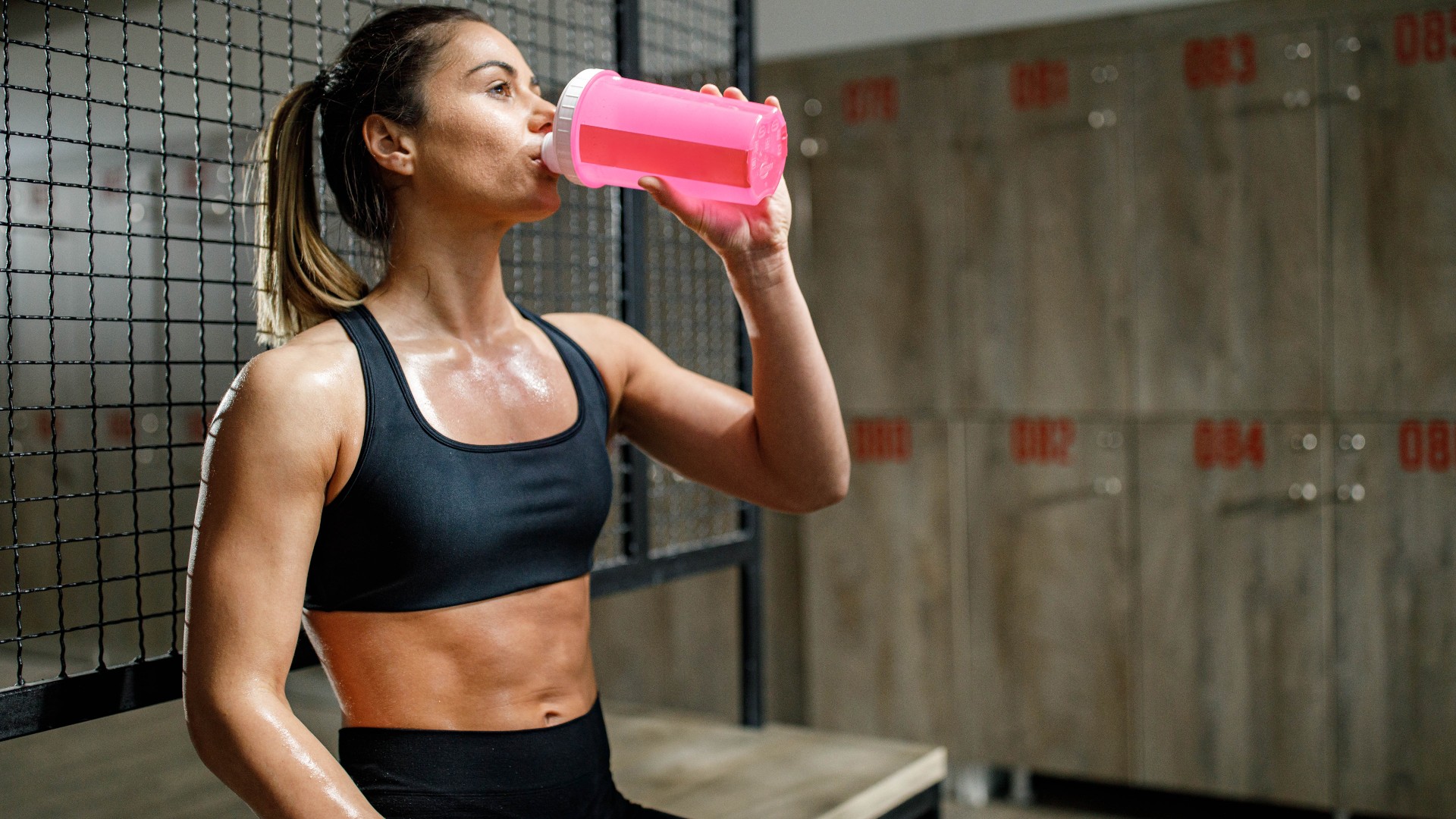
“Muscle is made up of protein, and when we train hard, we cause that protein to break down,” Silva says. “To repair and create new muscle protein (protein synthesis), you’ll need adequate protein, carbs and fat intake to supply enough energy for your body to function. Poor intake will affect the recovery process and therefore hinder protein synthesis.”
Protein is a key macronutrient and provides the building blocks for muscle growth, but everyone has different needs. Think of it as an equation — to build muscle you’ll need to consume more protein than you break down. Leucine — an amino acid that initiates muscle synthesis — is found in high-quality protein sources.
Still, the amount of protein you need to build muscle depends on how active you are, your lifestyle, goals and factors like body weight and daily calorie intake. If you exercise often and aim to build muscle, you’ll need more protein than someone who doesn’t. As a rough guide, aim for 1-2 grams of protein per kilo of body weight, or use an online protein calculator to help you estimate your recommended daily intake.
3. Compromised form

Poor exercise form doesn’t just increase the risk of injury — it can also inhibit your ability to grow muscle.
“Exercise form is a big mistake that many people make in gyms. Lifting heavy weight is important to generate the required stress in the muscle tissue to cause growth,” explains Silva.
“However, increasing the weight should never compromise form and range of motion (ROM). The muscle works harder to lift in a stretched position, so a full range of motion is essential to cause micro tears in the muscle.”
Silva adds that lifting heavy weights with less range of motion can reduce muscle stress, increase the risk of injuries and require fewer adaptations from the body. “There may be occasions when less range of motion is required for specific reasons,” adds Silva.
Injury, specific sports training, or the addition of partial reps are seen as exceptions. In fact, partial reps can actually stimulate hypertrophy when added to a program properly. Partial reps simply mean working with a partial range of motion at any stage of the exercise, and not by accident or because a person is lifting too heavy or with limited mobility.
There are a few occasions when partial reps are helpful, but let’s stick with the concept of muscle growth. Adding partial reps to your programming can stimulate hypertrophy by increasing the time spent in a range of motion where muscles are under the most mechanical tension, increasing metabolic stress. Partial reps can increase time under tension, helping muscles contract for longer and ultimately grow.
If you’re unsure how to add partial reps to your routine, I recommend speaking with a qualified trainer first to ensure you’re utilizing them properly. Otherwise, and wherever possible, use the full range of motion and proper form during every exercise.
4. Lack of recovery

Recovery looks different for everyone and can include active recovery like walking or jogging, so it’s important to learn how your body uniquely responds to exercise. It's said often because it's true — listen to your body.
“To perform well, the muscles must recover, but lack of recovery doesn’t just affect the muscles,” warns Silva. “Poor sleep and a high amount of training can increase levels of cortisol in the body, which is a catabolic hormone and may cause your muscles to fatigue and not perform.”
Silva advises making rest and recovery a well-thought-out part of your programming to reach your goals. “This doesn’t only apply to sleeping,” he adds. “Mobility and flexibility are other components that need to be looked at when planning a training cycle.”
Typically, the rule of thumb has been to take longer recovery for maximal strength sessions where you’re working muscles toward total fatigue and failure, for example, working on a one-rep max strength program.
For those training for hypertrophy, spreading sessions across a week and splitting these up by upper or lower body can give other muscle groups adequate rest while allowing you to train multiple muscle groups several times a week. Unless you plan to be in the gym every day, the “bro split” of assigning one muscle group to each day isn’t the most efficient use of time.
It's also worth a reminder that for women, planning sessions around your menstrual cycle, which is called exercise cycling, can help focus your efforts. For example, you might find the follicular stage (running from the end of your period until ovulation when estrogen levels rise) and the ovulatory phase (this happens mid-cycle when estrogen levels peak) a great time for lifting weights.
One study published in Springerplus found higher increases in muscle strength in the follicular stage compared with luteal. That said, how you plan your workouts will also depend on the type of training you do, your goals and time and the areas of your body you want to focus on.
I strongly recommend planning your program first, rather than heading into the gym and winging it. Here’s more on how many days a week you need to work out to see results.
More from Tom’s Guide
- Best running apps
- Ways to build and maintain muscle mass as a runner
- Who needs weights? This 5-move bodyweight workout boosts core strength and torches every major muscle group

Sam Hopes is a level 3 qualified trainer, level 2 reiki practitioner and senior fitness writer at Tom's Guide. She is also currently undertaking her Yoga For Athletes training course. Sam has written for various fitness brands and websites over the years and has experience across brands at Future such as Live Science, Fit&Well, Coach, and T3.
Having worked with fitness studios like F45 and Virgin Active, Sam now primarily teaches outdoor bootcamps, bodyweight, calisthenics and kettlebells. She also coaches mobility and stretching-focused classes several times a week and believes that true strength comes from a holistic approach to training your body.
Sam has completed two mixed doubles Hyrox competitions in London and the Netherlands and finished her first doubles attempt in 1:11.


